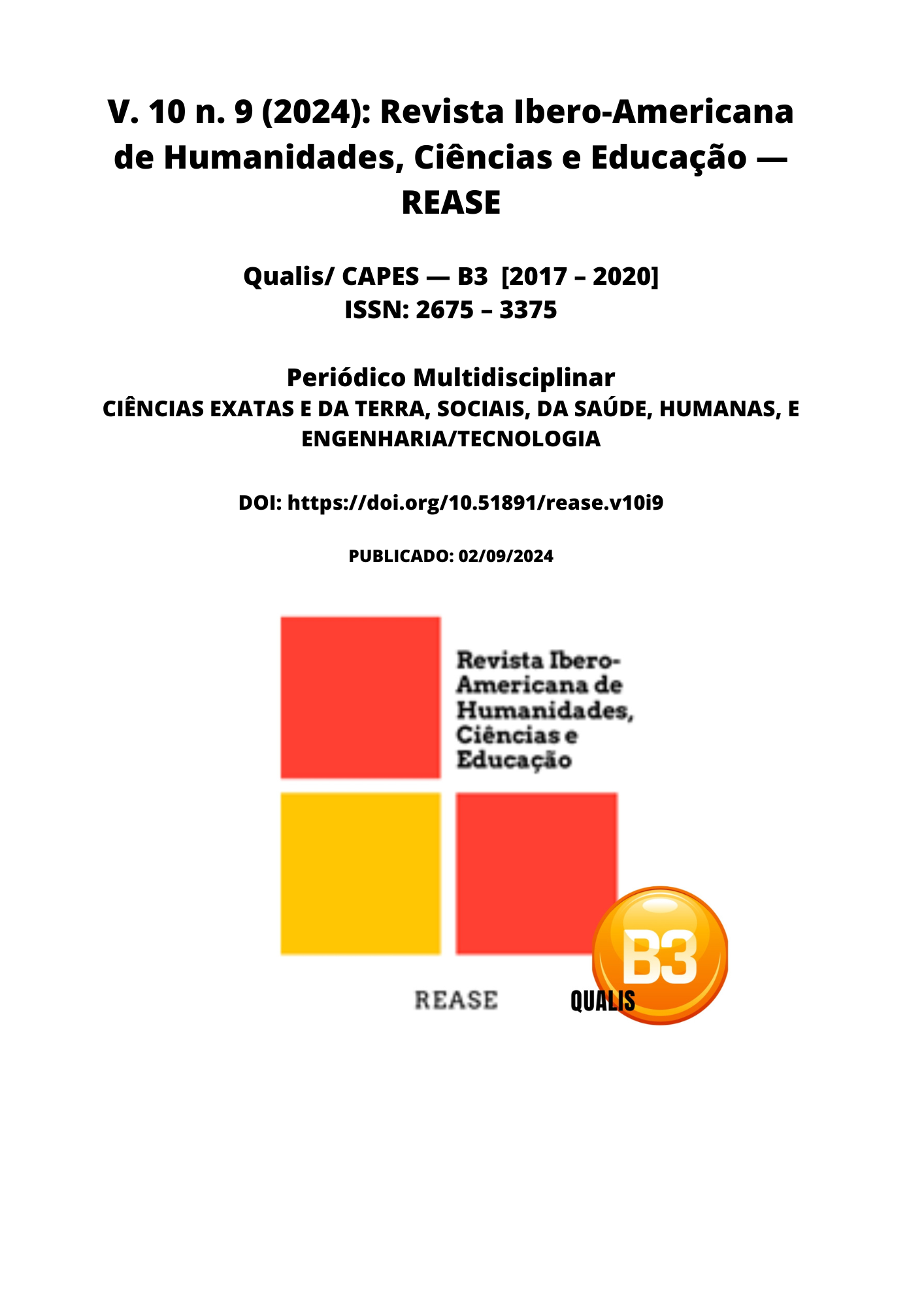BREAST CANCER AND LYMPHEDEMA IN MENOPAUSED WOMEN
DOI:
https://doi.org/10.51891/rease.v10i9.15550Keywords:
Breast cancer. Lymphedema. Menopause. Treatment and quality of life.Abstract
Introduction: Breast cancer is one of the most common neoplasms among women, especially in postmenopausal populations, and its incidence increases with age. Treatment of this condition often involves mastectomy and radiotherapy, procedures that can trigger lymphedema, a condition characterized by the accumulation of lymph in the tissues, leading to swelling and discomfort. Objective: To analyze the relationship between breast cancer and lymphedema in postmenopausal women, highlighting the clinical implications, treatment strategies, and management of the condition to improve the quality of life of these patients. Methodology: The methodology followed the PRISMA checklist and involved searching four databases: PubMed, Scielo, Web of Science, and the inclusion of five main descriptors: “breast cancer”, “lymphedema”, “menopause”, “treatment”, and “quality of life”. Articles published in the last 10 years were reviewed to ensure the inclusion of the most recent and relevant research. The following inclusion criteria were applied: studies that addressed postmenopausal women with breast cancer and lymphedema, articles that discussed strategies for the management and treatment of lymphedema, and studies that included clinical or qualitative data on the quality of life of patients. The exclusion criteria were: articles not specifically related to lymphedema in postmenopausal women, studies focused on other types of cancer or unrelated conditions, and publications with outdated data or questionable methodologies. Results: The results revealed that the incidence of lymphedema in postmenopausal women with breast cancer can be significant, with variations depending on the treatment methods. The management of lymphedema involves lymphatic drainage techniques, the use of compression, and physical therapy. Studies have indicated that early intervention and continuous monitoring are crucial to minimize symptoms and improve quality of life. In addition, the research has highlighted the need for integrated approaches that combine physical treatment and psychological support. Conclusion: Early intervention and appropriate treatments are essential to control symptoms and improve quality of life. The research suggests the need for further studies focused on treatment methods and emotional support to optimize care for these patients.
Downloads
Downloads
Published
How to Cite
Issue
Section
Categories
License
Atribuição CC BY

